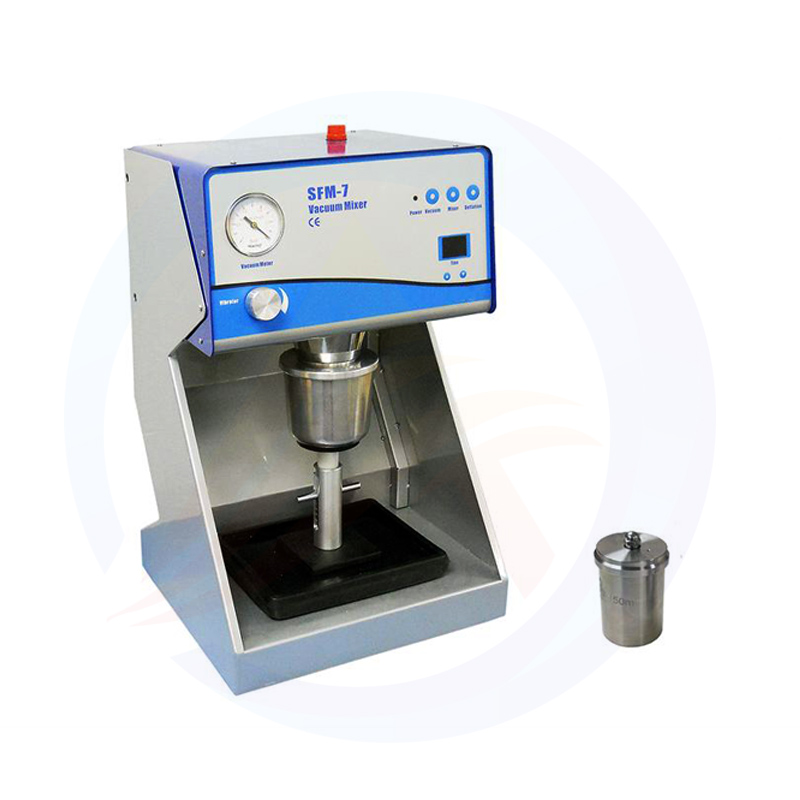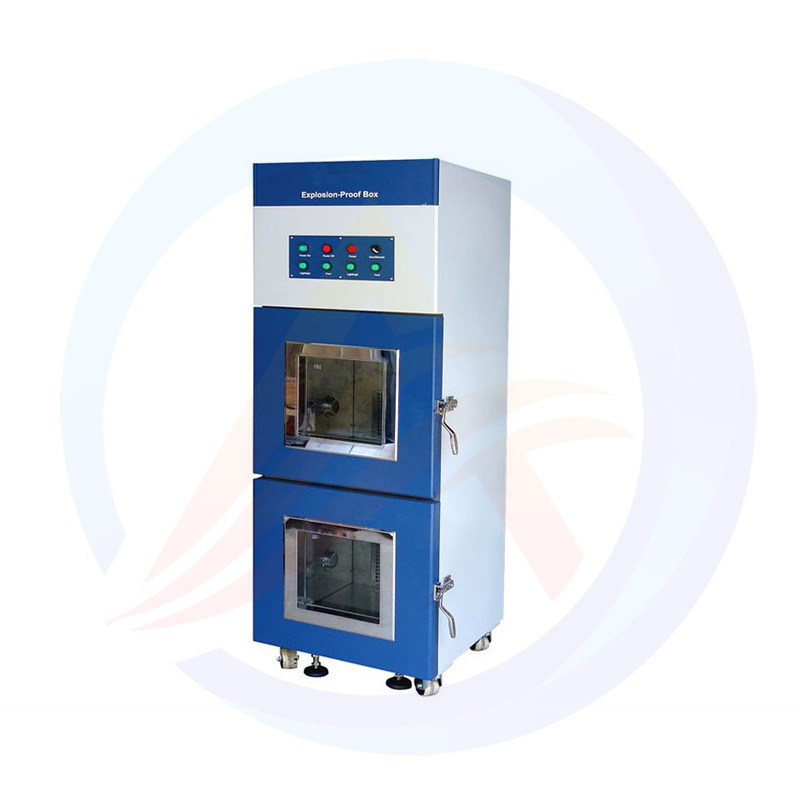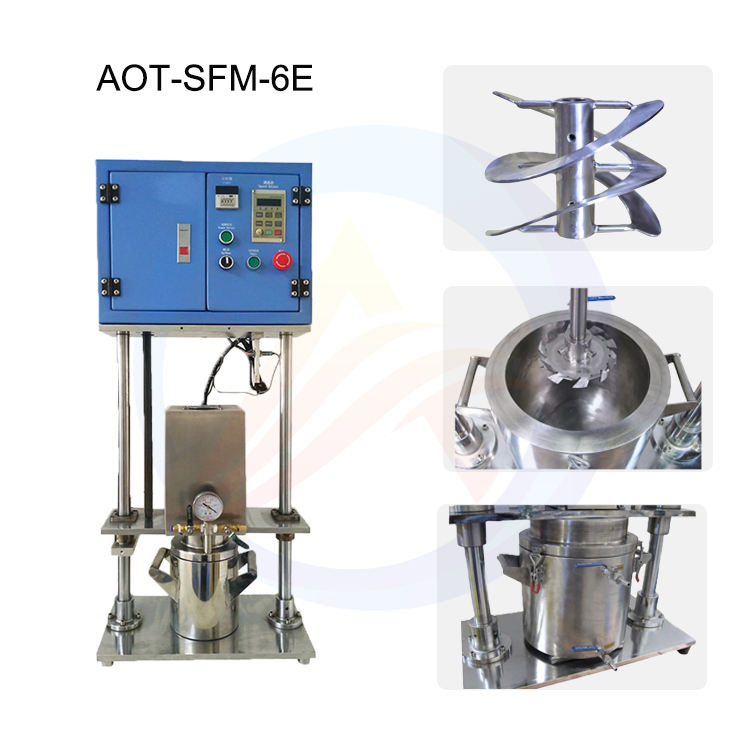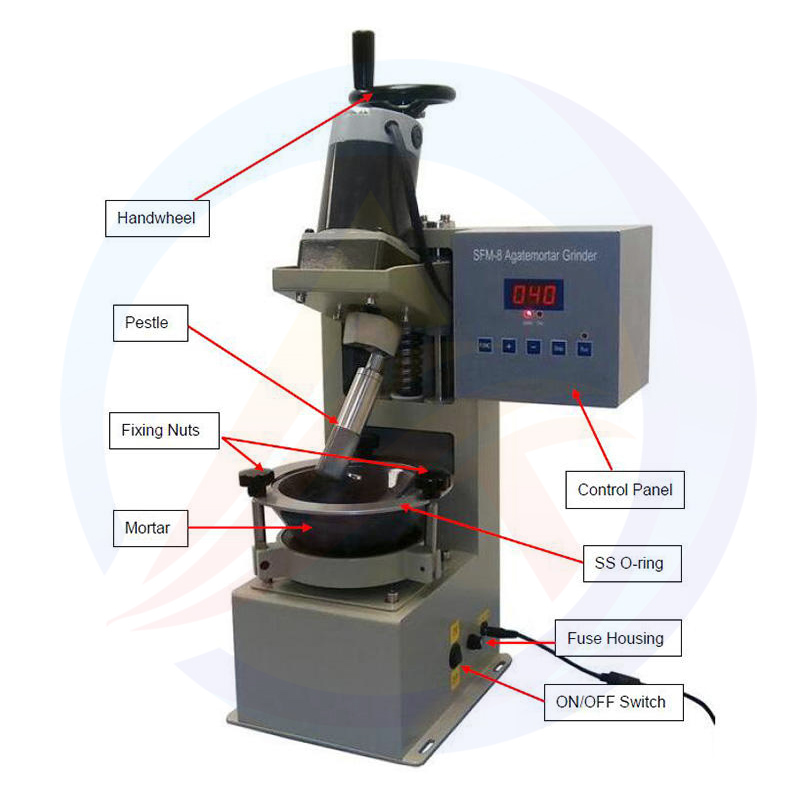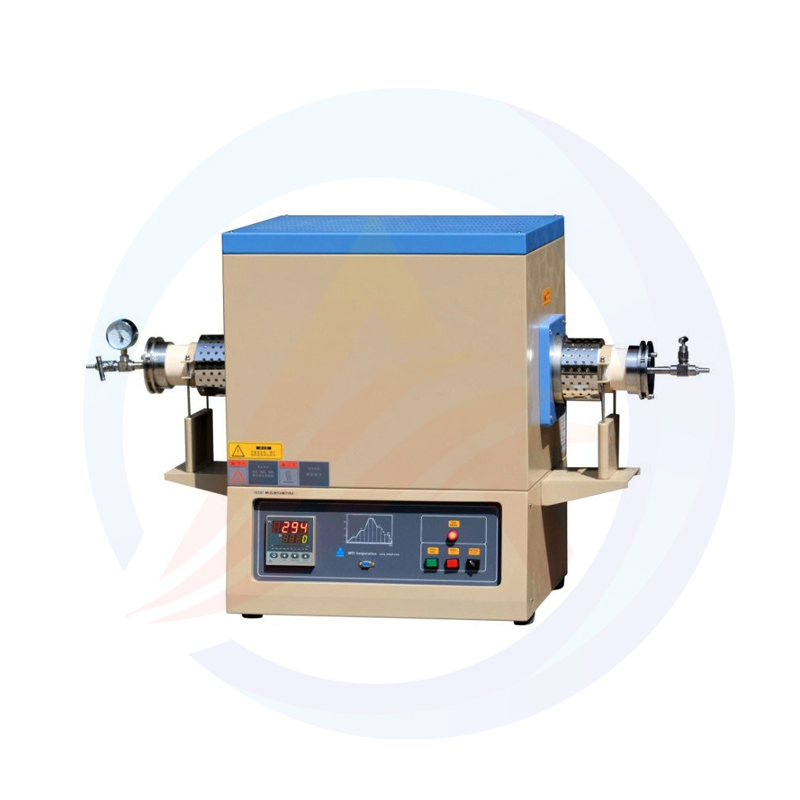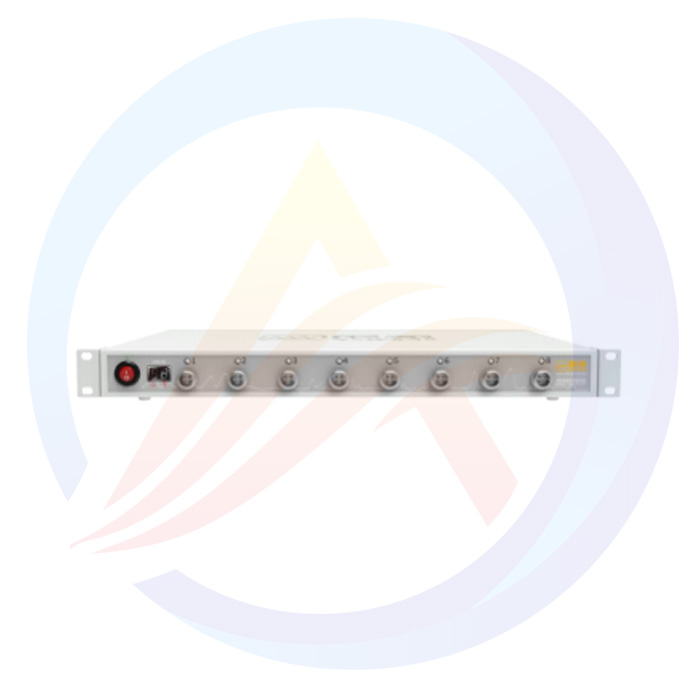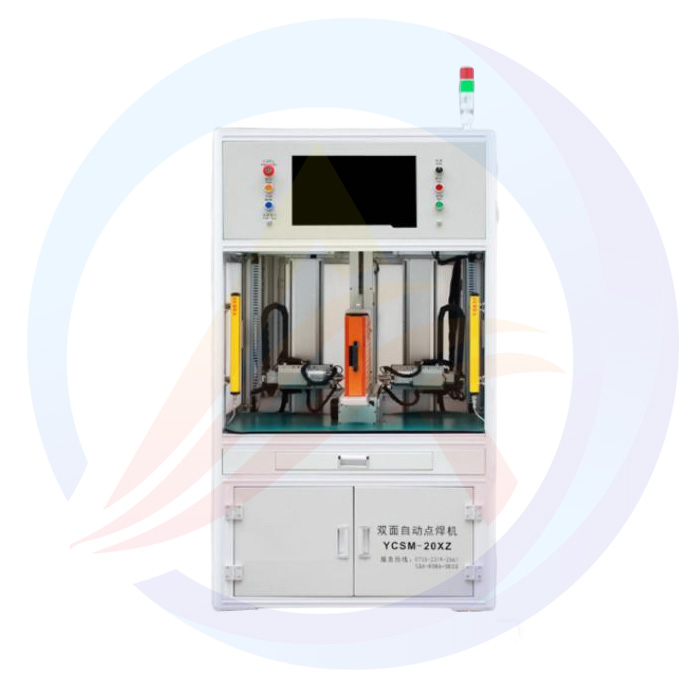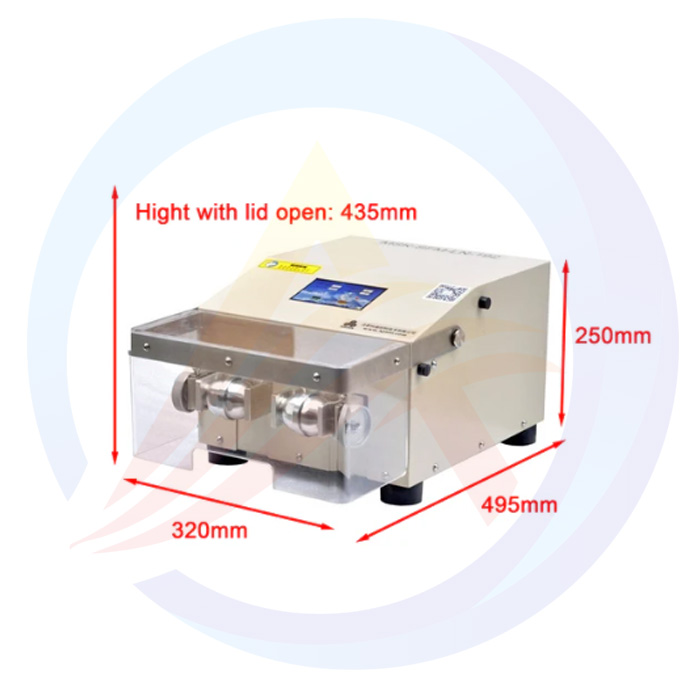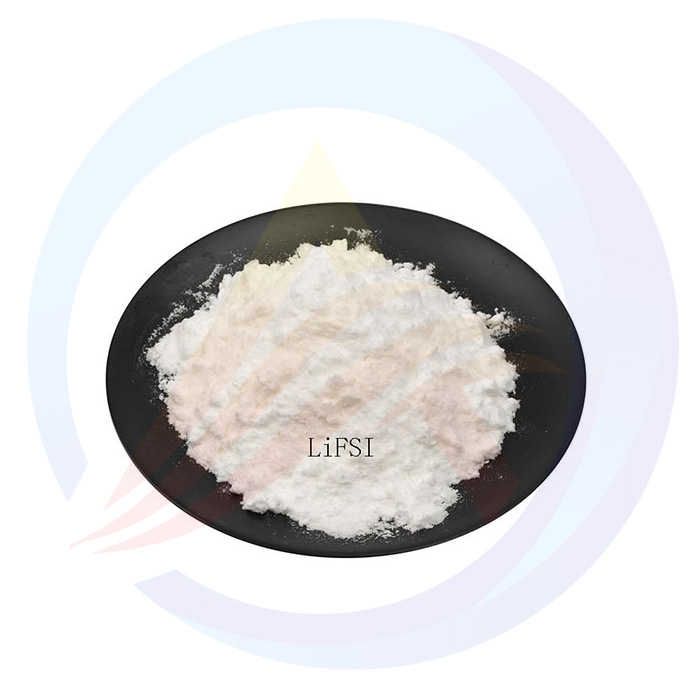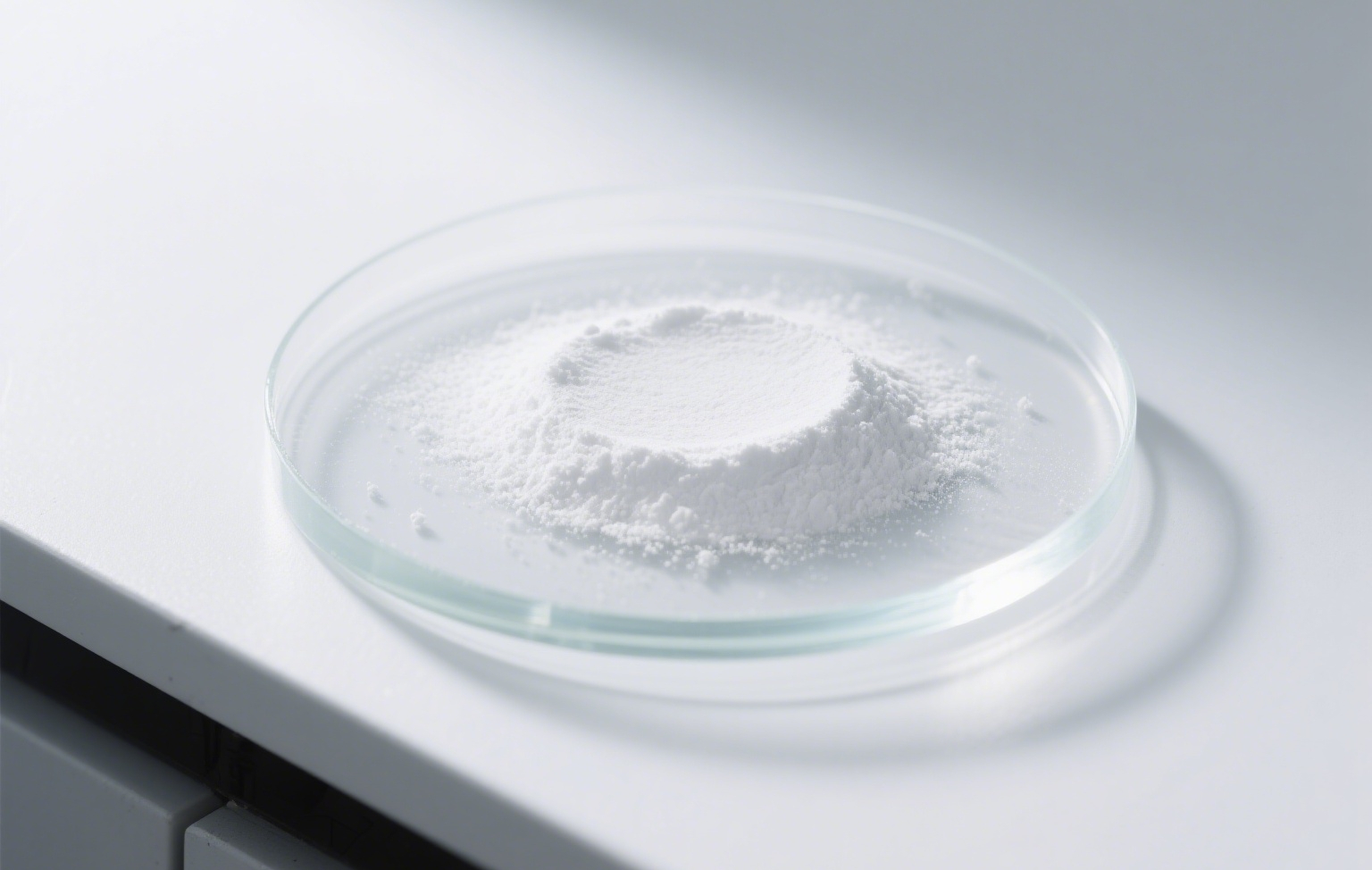LiFSI: An Advanced Lithium Salt Additive for LiPF6 Electrolytes
LIFSI is an ionic liquid electrolyte commonly used as part of the electrolyte solution in lithium batteries. LIFSI has the advantages of high separation, high stability, high conductivity, and low volatility, which can improve the cycle life and safety performance of lithium batteries.
Main features and advantages:
Compared with traditional LiPF6, LiFSI has the following significant advantages:
Extremely high conductivity: Its ionic conductivity is higher than LiPF6, which means that the battery has a lower internal resistance and can support faster charging and larger discharge currents.
Excellent thermal stability: LiFSI has a much higher thermal decomposition temperature than LiPF6, which greatly improves the safety of the battery in high-temperature environments and reduces the risk of electrolyte decomposition, gas production, and even combustion and explosion caused by high temperatures.
Excellent electrochemical stability: able to maintain stability at higher voltages, which is crucial for the next generation of high-voltage positive electrode materials (such as high nickel ternary and lithium rich manganese based), and can improve the energy density and cycle life of batteries.
Good compatibility with electrode materials: it can form a more stable and dense solid electrolyte interface facial mask (SEI film) on the surface of graphite anode, which is conducive to improving the first efficiency and long-term cycle performance of the battery.
Main applications:
Due to its excellent performance, LiFSI was initially mainly used in high-end fields, but now it is gradually being popularized in more scenarios:
High energy density lithium-ion batteries:power batteries used in electric vehicles (EVs) and plug-in hybrid electric vehicles (PHEVs).
High power battery:a device that requires fast charging.
Wide temperature range battery:Especially for batteries that require high safety and long lifespan in high-temperature environments.
High end digital product batteries, such as ultra-thin laptops, drones, etc.
Usually, it does not completely replace LiPF6, but is mixed with LiPF6 as an additive (about 0.5% -15%) to significantly improve the overall performance of the electrolyte. In some high-end applications, pure LiFSI is also used as the main salt.
Properties: LIFSI is an ionic liquid characterized by high ionization, high stability, high conductivity, and low volatility. It is a colorless to light yellow liquid at room temperature, soluble in organic solvents such as ether, acetone, and acetonitrile. It has excellent lithium salt solubility and ion transport properties.
Usage:LIFSI is commonly used as a part of the electrolyte solution for lithium-ion batteries. LIFSI can improve the cycle life, power performance, and safety performance of lithium batteries, and is suitable for lithium-ion batteries with high energy density and high power density.
Preparation method:The preparation method of LIFSI usually uses chemical synthesis methods, including reacting phenyl difluorosulfonic acid dianhydride and imine lithium elemental materials. During the preparation process, it is necessary to control the reaction conditions in order to obtain high-purity products.
Safety: LIFSI is a chemical, and care should be taken to avoid contact with skin and eyes during use, as well as to avoid inhaling its vapors. Appropriate safety measures should be taken during handling and storage, such as wearing protective gloves, goggles, and ventilation facilities. In addition, relevant safety operating procedures should be followed, such as correctly labeling containers and avoiding mixing operations, to ensure safe use of the chemical.

